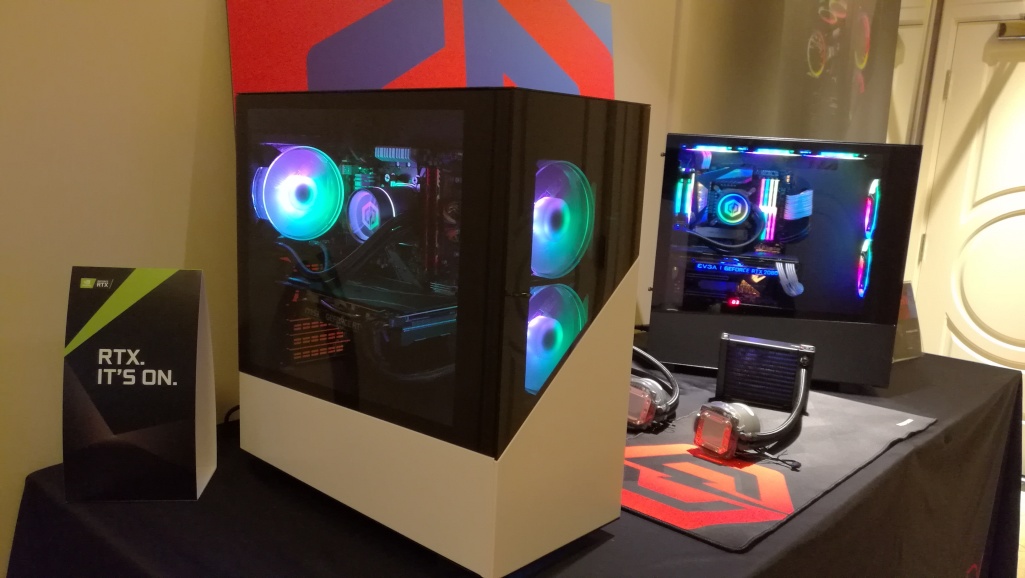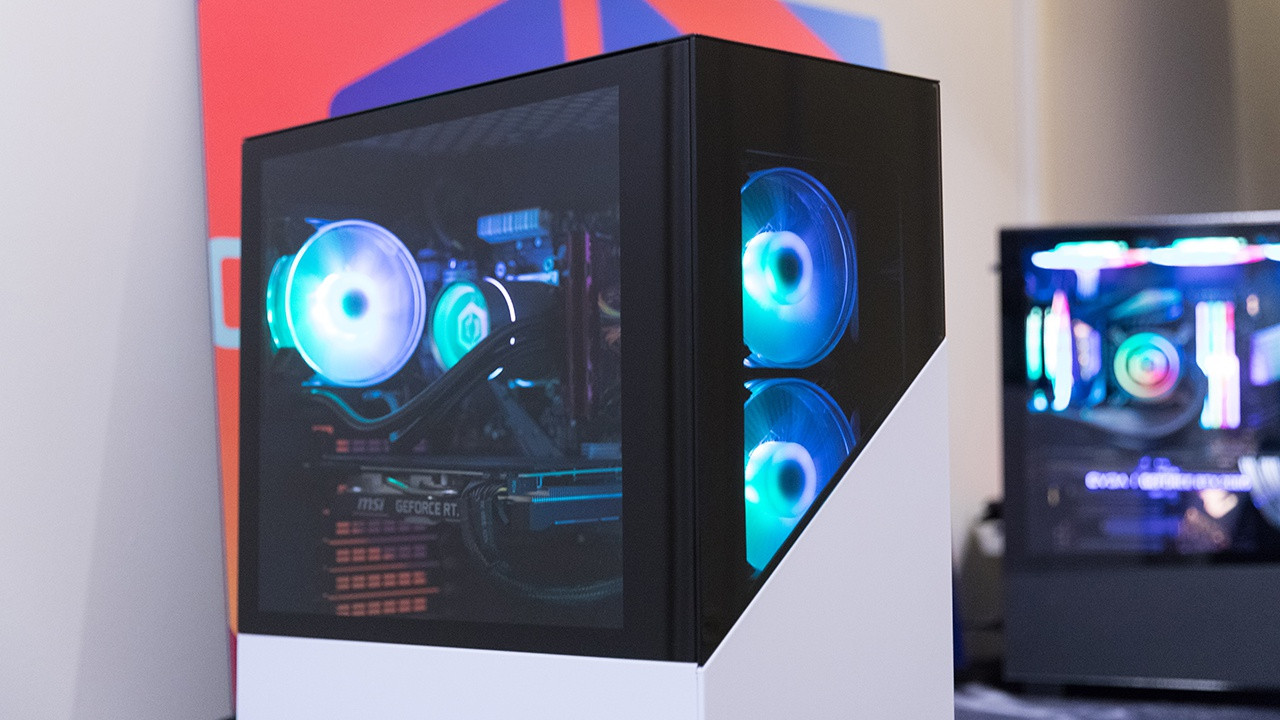
Pre-built gaming PCs are ideal for people who don’t know how to build one. These machines are built and configured by PC retailers to deliver and support all levels of performance. However, when buying a pre-built gaming PC, it doesn’t mean that you’re not going to do your due diligence. You still need to take some time to research and check the unit you’re planning to buy.
There are a lot of factors you need to consider even when buying a pre-built unit. For one, you need to know about its specifications and if it will be ideal for the kind of gameplay you want. Let’s take, for example, if you’re going to play a VR game, the pre-built gaming PC you will buy should support VR headsets such as the Oculus.
With this in mind, we created this guide on buying a pre-built gaming PC perfect for your gaming needs. This information is designed to help you make the right decision in buying a pre-built unit.
Guide on How to Buy a Pre-Build Gaming PC

1 – CPU
The CPU is the core processor of your gaming PC and can impact its overall performance. So you must find a pre-built gaming PC with a CPU that will handle your workload. A safe choice will be to buy one that features the latest Core processors in the market. For example, the newest model in the market for Intel processors is the 11th Gen Intel® Core™ i9-11900K Processor. It has 8 cores, 16 threads, and 5.30 GHz max to produce high frame rates, perfect for high-end gaming.
When checking the CPU, look for specifications such as its core counts, clock speed, and support technologies. Another tip is to check if the core can be overclocked later in the future. Overclocking can help improve your CPU’s performance. For Intel processors, look for a model unit with a “K” on its name, which indicates that the processor can be overclocked.
2 – GPU (Graphics Processing Unit)
GPU (Graphics Processing Unit) is responsible for rendering images, 2D or 3D animations, and videos on display. High-end GPUs are designed ideally for gaming, ray tracing, and graphics production. So the key when checking the GPU in your gaming PC is to know its frame rates, graphic settings, and resolutions.
Another thing you should take note of is that your gaming PC’s GPU depends on the monitor you are using. You can list down the games you intend to play on your unit and check their graphics settings. If you prefer to play games at high resolutions, it requires more graphical performance and high refresh rates.
3 – RAM (Random Access Memory)
Another specification you should also check in your pre-built gaming PC is its RAM or Random-Access Memory. This unit acts as a place where applications and data can be stored on a short-term basis. It keeps all the information your computer is actively using so it can easily be accessed and processed.
When choosing a pre-built unit, it should have at least 16GB RAM. This is a good starting point if you like playing modern games. There are other pre-built units with at least 24GB or 32GB. Aside from the capacity, you should also check the RAM speed. Choose a unit with a RAM Speed of 3,000 MHz or plus.
4 – STORAGE
Another factor you should consider when choosing a pre-built gaming PC is its storage capacity. Modern games nowadays require around 50GB of free space to be installed. So the higher the capacity storage, the more games you can install in your unit. Aside from its capacity, you should also consider its speed. Faster storage allows your system to boot up faster and reduce the load times of applications and video games.
Choose a pre-built unit with SDD (solid-state drive) storage as its primary storage since they are faster than older hard disk drives. Another good choice is to look for a pre-built gaming PC with an SDD as its primary storage and a secondary HDD for additional storage.
5 – CONNECTIVITY
Here’s an important thing you should note: not all gaming PCs come with the same type of ports and connectivity options. So you must check the complete specifications of the unit and verify that your system can support your connectivity preferences. These ports and connectivity options include the video output, USB, audio, networking, and Bluetooth connection.
Refer to these pointers to check the connectivity option of the pre-built gaming PC you want:
- Video Output – the two standard display output connections are DisplayPort and HDMI. But gaming monitors often require specific port specifications to optimize the higher refresh rate of the unit’s GPU.
- Networking – Newer gaming desktops support Wi-Fi. There are still few who provide Ethernet ports if you prefer a wired connection to your internet. For the fastest wireless internet connection, look for a pre-built gaming PC that supports Wi-Fi 6.
- Audio – Look for an audio port placed in the front panel of your case, which is convenient for connecting headphones or speakers. Most audio ports require a 3.5 mm headphone jack. But nowadays, modern audio devices use a USB to connect.
- USB – Check the USB ports of the pre-build gaming PC. Check the data transfer speed of the forts, which can be seen in numbers like USB 2.0, USB 3.0, or USB 3.2. The higher the number, the faster the data it can transfer. You should also look at USB classifications, whether it is a Type-A or Type-C. It will be prudent to choose a unit that offers both.
- Bluetooth – There are now keyboards and gaming mice that use Bluetooth connectivity to function. So you must choose a pre-built unit that supports Bluetooth connectivity.
6 – CASE / CHASSIS
Most people would say that the unit’s case is the least important factor, but that isn’t exactly the case. The gaming PC’s case or chassis is more than just aesthetics. You need to check a unit with a case that offers good airflow. Another good feature is if the case/chassis have its connectivity panels in front.
Last but not least, if you plan to use the gaming PC for years, choose a case/chassis that will allow you to easily do upgrades in the future. This means that the case should be spacious to give you more flexibility.
Sources: